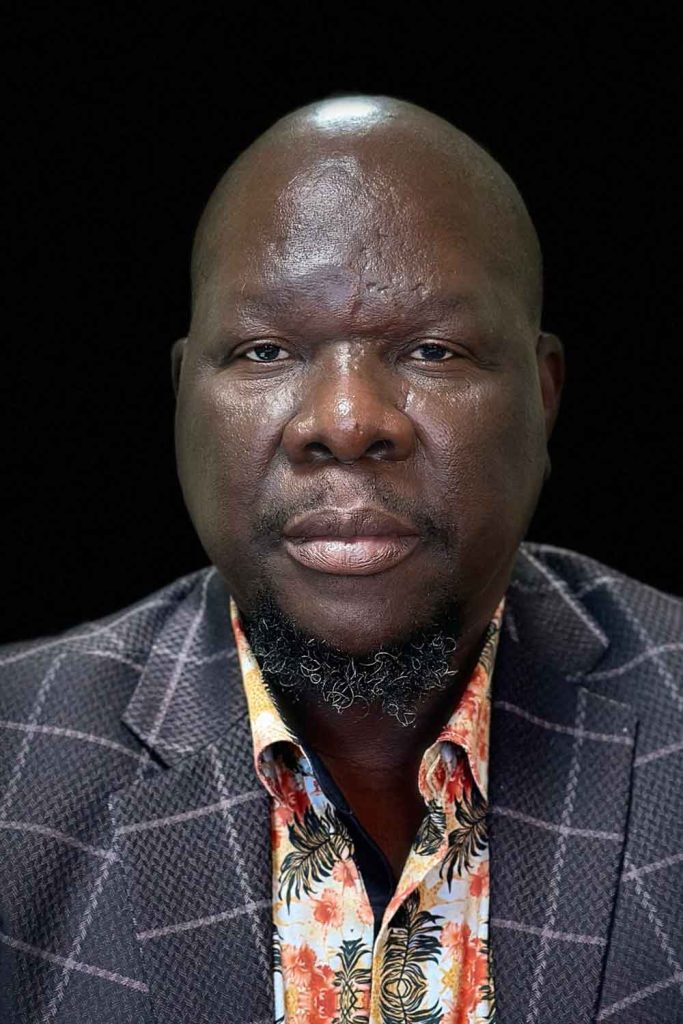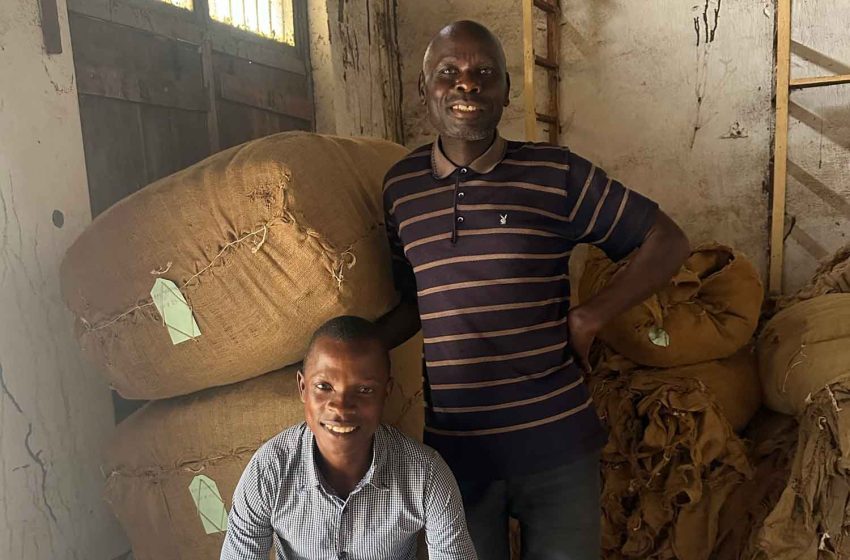Rebuilding the banana value chain
Until the late 1990s, bananas were big business in Malawi. The industry employed between 2 million and 3 million people and completely satisfied domestic demand. But then a nasty plant virus hit. Banana bunchy top virus (BBTV) wiped out production, forcing many former Malawi banana farmers to find alternative livelihoods. Today, the country relies almost entirely on imports. More than 90 percent of bananas consumed in Malawi are now purchased in Tanzania and Mozambique, which demand to be paid in precious foreign currency.
Supported by the Centre for Agricultural Transformation (CAT), Lilongwe-based Hortinet is working to reestablish banana production in Malawi. Through its efforts, it aims to create employment, reduce imports and offer Malawi an additional source of income while diversifying the country’s economy and reducing its heavy reliance on tobacco exports.
Bananas are a popular food in Malawi, so there is opportunity for import substitution, according to Frank Washoni, executive director of Hortinet. “Currently, we are exporting jobs,” he says. “This is something our smallholders could be doing if they get the appropriate support.”
The strategy to deal with BBTV requires banana growers to uproot and burn their infected bananas and replace them with disease-free imported planting materials. The biggest challenge has been accessing clean planting materials. Until recently, there were no proper banana seed systems in Malawi. Because the existing crop strand had outlived its economic lifespan, there were no proper systems to supply banana growers with clean planting materials to reestablish their orchards.
To address this problem, Hortinet in 2019 established Malawi’s first commercial banana tissue culture lab, allowing it to produce large quantities of planting materials in a short time. Hortinet gives plantlets to smallholder growers, negotiates production contracts and provides extension services. “At the end of the season, we buy the product—banana fruit—for either distribution or value addition,” says Washoni. Among other things, bananas can be used to make flour and chips.
However, while Hortinet has the experience and technology, it lacked the means to scale up its out-grower project and supply the desired 700 farmers. So the CAT, as part of a five-year project, helps Hortinet train potential banana growers at its smart farm. The idea is that, after five years, Hortinet will have sufficiently grown to self-finance its continued expansion to more smallholder farmers.
Washoni believes the potential domestic market is considerable. “According to the ministry of agriculture, we lost more than 25,000 hectares representing at least 10 metric tons of bananas each,” he says. “Today, we are importing 20,000 tons per year, supporting only the urban areas—so there is still a big deficit.”
Hortinet is determined to make a dent in that deficit. By the end of next year, it wants to distribute at least 1 million plantlets and establish a minimum of 500 ha of banana production with its contracted smallholders. With a plan to add 500 ha each year, Hortinet will have supported the establishment of 2,000 ha by the end of four years.
Washoni views bananas as a good opportunity for farmers looking to diversify. At the CAT smart farm, Hortinet demonstrates how profitable the fruit can be compared to other crops. While the initial payback period is longer than for tobacco, bananas offer multiple returns each season. “Once in the ground, you might harvest on a quarterly basis,” says Washoni. At 15 tons per acre, the potential yield per unit of area is also high. And other than water, bananas require few inputs. Farmers can get away with organic manure and limited amounts of inorganic fertilizer. What’s more, bananas require relatively little land. “Even on a plot of only 20 [meters] by 20 meters, it might make economic sense for the farmer to put in an orchard,” says Washoni.
The next step will be to establish a structured market. Unlike tobacco, which has multiple players, a dedicated regulator and a well-developed system for selling and buying, there is no comparable infrastructure for bananas in Malawi. According to Washoni, it’s a work in progress. “Once we hit a critical mass, we will need an organized market,” he says. Right now, our priority is to get production going.”—T.T.



























